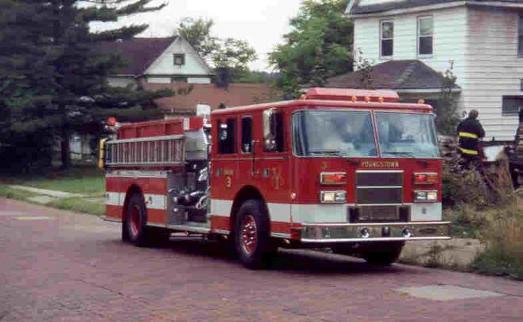
![]()
Youngstown Fire Department Overview
![]()
Active Stations And Apparatus Overview
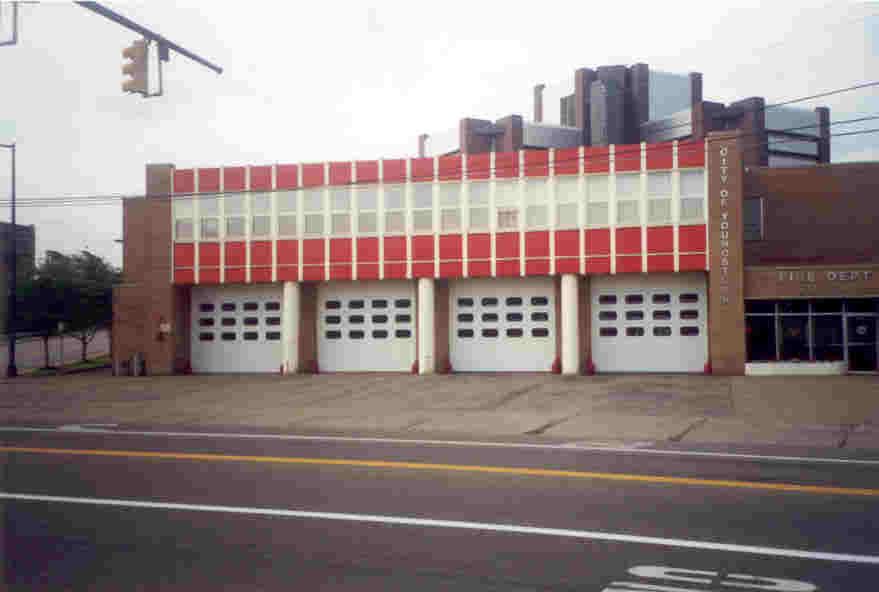
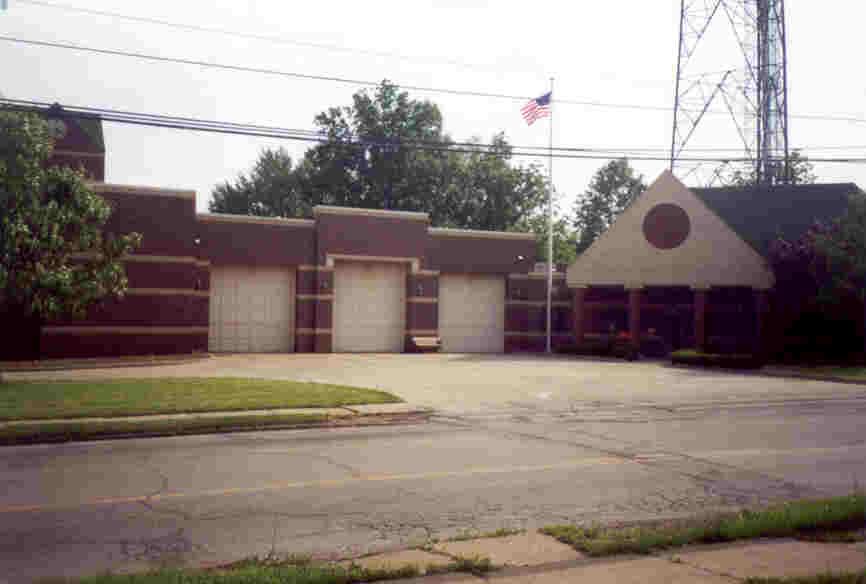
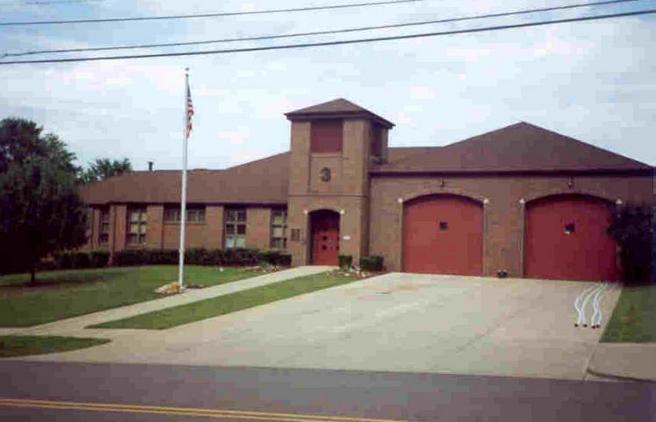
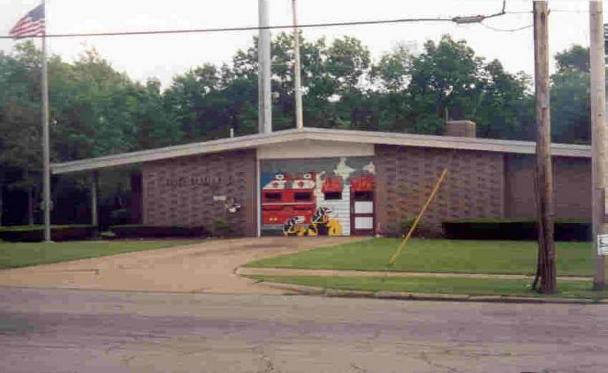
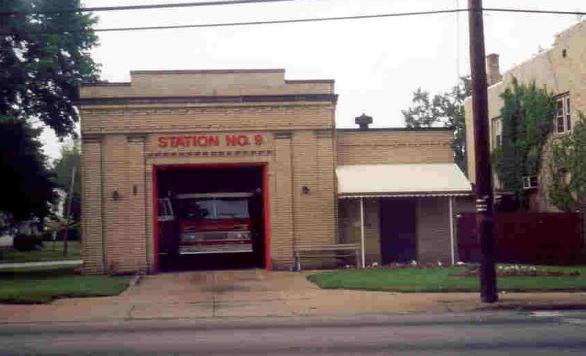
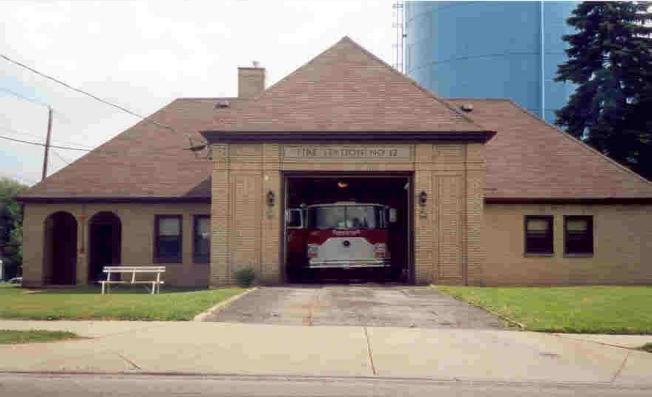
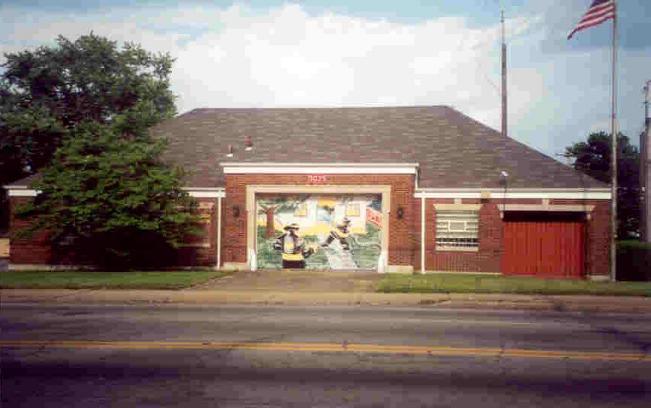
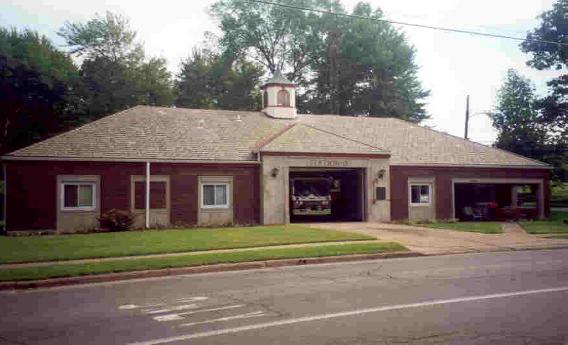
![]()
![]()
YFD Bulletin Board (external)
YFD Live Dispatch (external)
Newsletter (external)

YFD History
A complete history of the Youngstown Fire Department has never been assembled. Greg Ricker is currently trying to compile one. If you have any information that might help out his project, please E-mail Greg or myself.
|
"The
trial of the new steam fire engine, 'Governor Tod' from the works of
H. C. Silsby, New York, Seneca Falls, on Monday afternoon and
Tuesday morning last, gave such general satisfaction, that a
Committee appointed for the purpose by the council to recommend its
purchase. With the engine at the foot of Phelps Street and drawing
water from the canal - with 1500 feet of hose paid out - the stream
reached to the Martin house from whence a stream from an inch nozzle
was thrown over Excelsior Block" (That's on the corner of Hazel
and Federal)
|
|
"In
another test, with respect to the time made in generating steam, a
better result was obtained, as the engine began to pump in seven
minutes. She was located at the canal near the Mansion House, the
full length of hose reaching to Merchants Block."
|
In the meantime a new volunteer fire department is organized with Charles W. McNab again serving as the chief. A year later, on May 7, 1883, William H. Moore was elected chief. During that year, the department would go from 100% volunteer to being a combination department. On October 11, 1883, The fire department added it's first salaried members. H. Sim Dyer and Albert Probst (later the 2nd LODD) were the first paid men on the department other than the chief. Chief Moore would be elected the next year on May 30, 1884, and several paid firefighters are added to the roster. City Council agrees to pay Moore $500 a year and the newly hired paid firefighters are paid at a salary of $60/month and the volunteers or minute men receive 50 cents an hour. Moore would serve the longest of any of the chiefs of the volunteer department, being elected again in 1885 and 1886. On March 30, 1888, Asst. Chief Alexander M.B. Davis would become the first and only volunteer firefighter to die in the line of duty. He was riding on the truck on the way to a call when he slipped off, and was run over. (LODD) With that, the volunteer department came to an end. On May 16, 189, City Council voted that the need of the city could be better met with a paid department.
When Council created the paid department, all of the volunteer organizations assets were turned over t the paid men, including three stations, three engines and one ladder company. William Moore would again serve in the capacity of chief, but this time, he was appointed by council members. According to the 1910 History of the Department, Chief Moore's promotion to chief "came as a result of a conscientious attention to duty and the recognition of an intelligent aptitude for the performance of such tasks as fall to those in command of the firefighting force." Though the department had been a paid force for over 4 years now, the volunteer ranks were still remembered. On December 21, 1895, the Veteran's Volunteer Firemen's Association was organized with retired chief James W. Ross appointed president.
During the next year, Youngstown would see three new fire stations opened, all within a one-month time period. On December 9, 1896, the No.6 Fire Station at Wilson and Jackson St. opened and Combination Chemical and Hose No.6 was established. This Station would soon became known as the Hazelton Fire Station. Eight days later, the No.4 Fire Station at Falls Ave. near Oak Hill opened with the establishment of a chemical engine company at that station. And, less than three weeks after the opening of Number 4, Number 5 would open On January 9, 1897 at Oakland and Superior. Combination Chemical and Hose No.5 was established at what would become known as the Brier Hill Fire Station.
On the first of November, the department would be sent out on a call to the Stambaugh barn on Belmont Ave., but little did anyone realize that two of its members would not return to their station afterwards. While fighting the blaze, a sudden wall collapse caught FF Michael McDonough of Engine 3, Capt. Smedley and Hoseman J. Smith Cowden of No. 1 trapped under rubble. Firefighter Michael J. McDonough was the most injured of thee three and was taken to the Mahoning Valley Hospital where he would die the next day. He would be the first Line of Duty Death on the rolls of the paid department. (LODD) Captain Smedley was able to be taken to his home where he made a recovery. Smith Cowden, with bruises and broken bones, was never fully able to recover enough to even leave the hospital. He would pass away on March 22, 1902 and become Youngstown's second LODD from the paid department. (LODD) On January 23, 1904, Station 7 at the corner of Madison and Elm Street would open. It is still open today, being the only station from the original eight to be opened and has been open longer than any other station during the department's 133-year history.
In May of 1904, on the 21st, a fire would break out at the Stambaugh-Thompson Co. This would be the first of two fires to strike the company in two years. This fire would result in a general alarm, and a 1,000gpm, 3 horse hitch first size Nott engine placed in service as Engine Co. No.1 at No.1 station downtown just that day would be the first to respond. During this fire, a wall would collapse, crushing Capt. Albert M. Probst. He would succumb to his injuries two days later on the 23rd. (LODD) A year later, Youngstown would get a new piece of apparatus, with Engine Company 2 receiving a 700gpm, 3 horse hitch second size American LaFrance Metropolitan engine on February 27, 1905. A year after that, Engine Company No. 3. would get thier new engine, with the delivery of an 800gpm Nott 3-horse hitch.
|
___________________
1908: YFD at a Glance
37 Men
38 Horses
8 Stations
4 LODD - 3 Paid, 1
Volunteer
William H. Loller ~ Chief
________________________
|
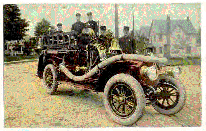
Go to YFD History |Page 2|
